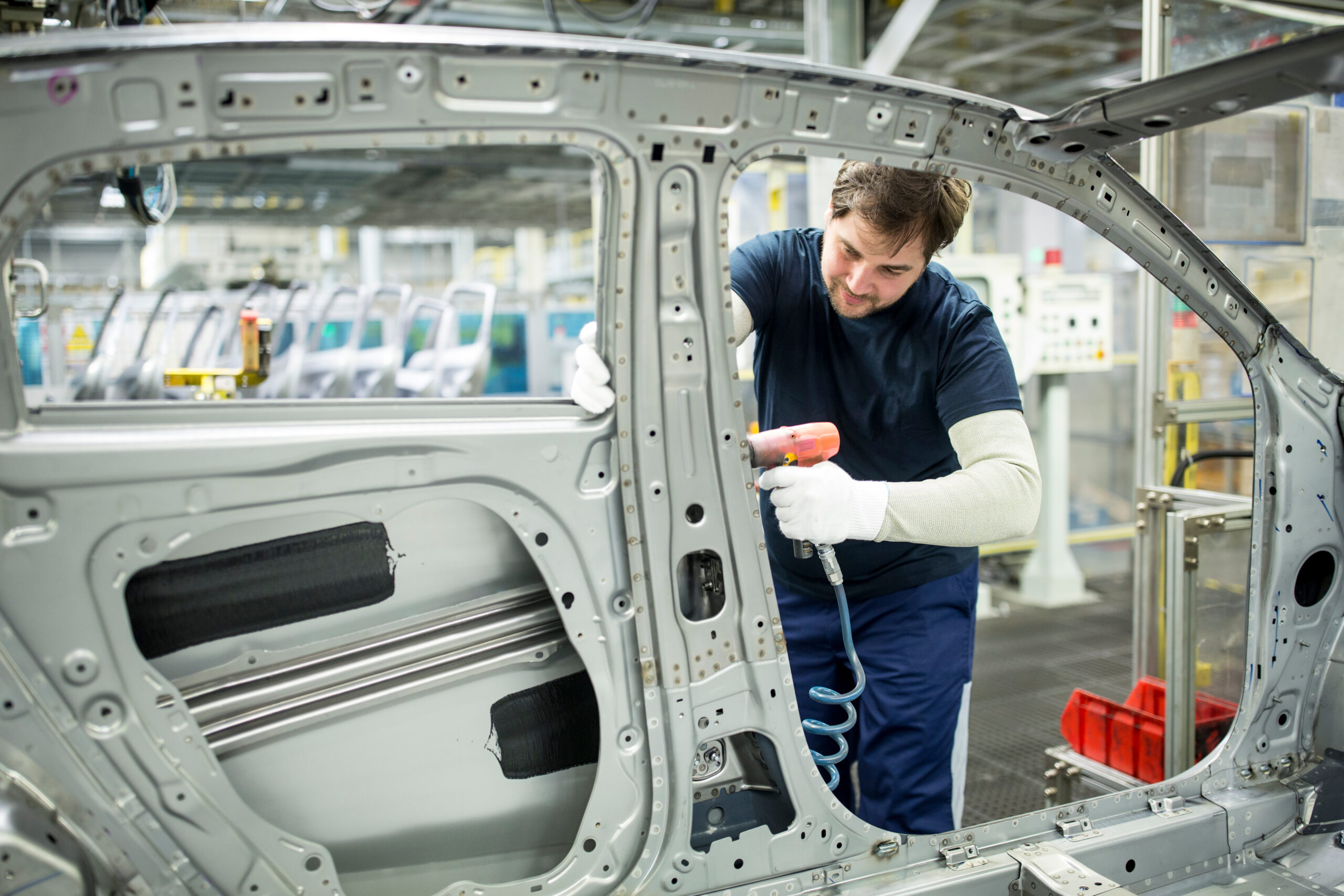I’ve always been the kind of guy who hates throwing stuff out, especially when it comes to car parts. After spending so many years turning wrenches in the shop and under hoods, you start to see those worn-out parts a little differently. A busted control arm or a rusted-out flywheel might not be useful on a car anymore, but in the workshop? That’s a whole different story.
I’ve built a lot of my own tools and workbenches over the years. Some of it’s out of necessity—money doesn’t always flow, especially when you’re between jobs or saving up for new gear. But most of it comes from the satisfaction of repurposing something with a bit of history into something new and useful. There’s a kind of pride that comes from saying, “Yeah, that’s an old strut mount—I turned it into a vise base.”
The Shift in Perspective
When you’ve worked on cars long enough, you start recognizing the shape and structure of parts not just for what they do mechanically, but what they could become. A brake rotor makes a perfect base for a shop stool. Tie rods have the right length and strength for lamp arms or supports. Even pistons—once they’re cleaned up—can become one-of-a-kind handles, knobs, or even small containers.
What really made me start doing this was one day after replacing a full suspension setup on a Subaru. I looked at the pile of old parts sitting there—springs, knuckles, sway bars—and thought, “This is all solid steel. Why waste it?” I threw it in the back of my car instead of the dumpster, brought it home, and started figuring out where I could put it to use.
Building with What You’ve Got
I don’t have a big, fancy shop. My garage is decent, and I’ve got a small area I’ve carved out for my personal projects. So I try to build smart. A lot of what I’ve made came from necessity first.
One of the earliest things I built was a workbench with old car parts as the frame. I used steel control arms for legs and crossbars from a chassis brace for stability. Topped it off with an old piece of butcher block I found secondhand. The result? A rock-solid bench that didn’t cost me much and has way more character than anything from a hardware store.
From there, I got into smaller projects. I made a magnetic tool strip from an old serpentine belt pulley assembly and a couple of repurposed magnets from a busted alternator. I built a parts bin out of an old aluminum valve cover. I even used a worn timing chain to make a cool frame for hanging my gloves and ear protection. The stuff works—and it looks pretty awesome, too.
It’s Not Always Pretty at First
Look, not everything turns out great right away. Some projects are rough. Sometimes things don’t line up the way I imagine, or I realize I should’ve cleaned the part better before welding. But I’ve learned to enjoy that part of the process. It’s not about being perfect—it’s about learning, adapting, and finding new uses for things that still have some life in them.
Working with car parts is a little different than clean, uniform materials. You’ve got to grind rust, cut through tough steel, and sometimes figure out strange angles. But honestly, that challenge is part of what makes it fun for me. It keeps my brain working. It feels like solving a puzzle with power tools.
Blending Function with Creativity
Somewhere along the line, this whole approach turned into more than just making do. It became a kind of creative outlet. I started experimenting with adding wood, carbon fiber scraps, even aluminum I melted and cast myself. I’d mix that with brake caliper pieces or suspension bits to make things like wall hooks, custom handles, or even a stand for my casting crucible.
That crossover between mechanical and creative work is something I’ve really come to enjoy. It reminds me a lot of working on complex diagnostics—figuring out what works together, making it reliable, and putting your own mark on it.
Advice for Anyone Thinking About It
If you’re someone who works on cars, don’t be so quick to toss your old parts. Look at them. Feel their weight, the shape, the material. Ask yourself what else they could become. It doesn’t take much to get started. A grinder, a welder if you’ve got one, and a little space to work is all you really need.
Start simple. Use a rotor as a base. Turn an old wrench into a drawer handle. Even just organizing tools with something made from car parts gives your workspace a personal touch. You don’t need to be an artist—just curious and willing to experiment.
Bringing It Full Circle
Using car parts in my workshop builds feels like closing the loop. These parts carried weight, absorbed shocks, handled speed and pressure. Now they hold up a table, hang tools, or support my gear as I work on the next thing. It’s a second life for something mechanical—transformed, repurposed, and still doing what it was built to do: support work, keep things moving, and get the job done.
That’s a mindset I try to bring into everything, really. Whether I’m elbow-deep in an engine bay or welding together a new shelf for the shop, it’s about quality, purpose, and the satisfaction of doing something yourself.
So next time you’ve got a pile of take-off parts sitting next to your toolbox, take a second look. You might not see junk—you might see your next project.
